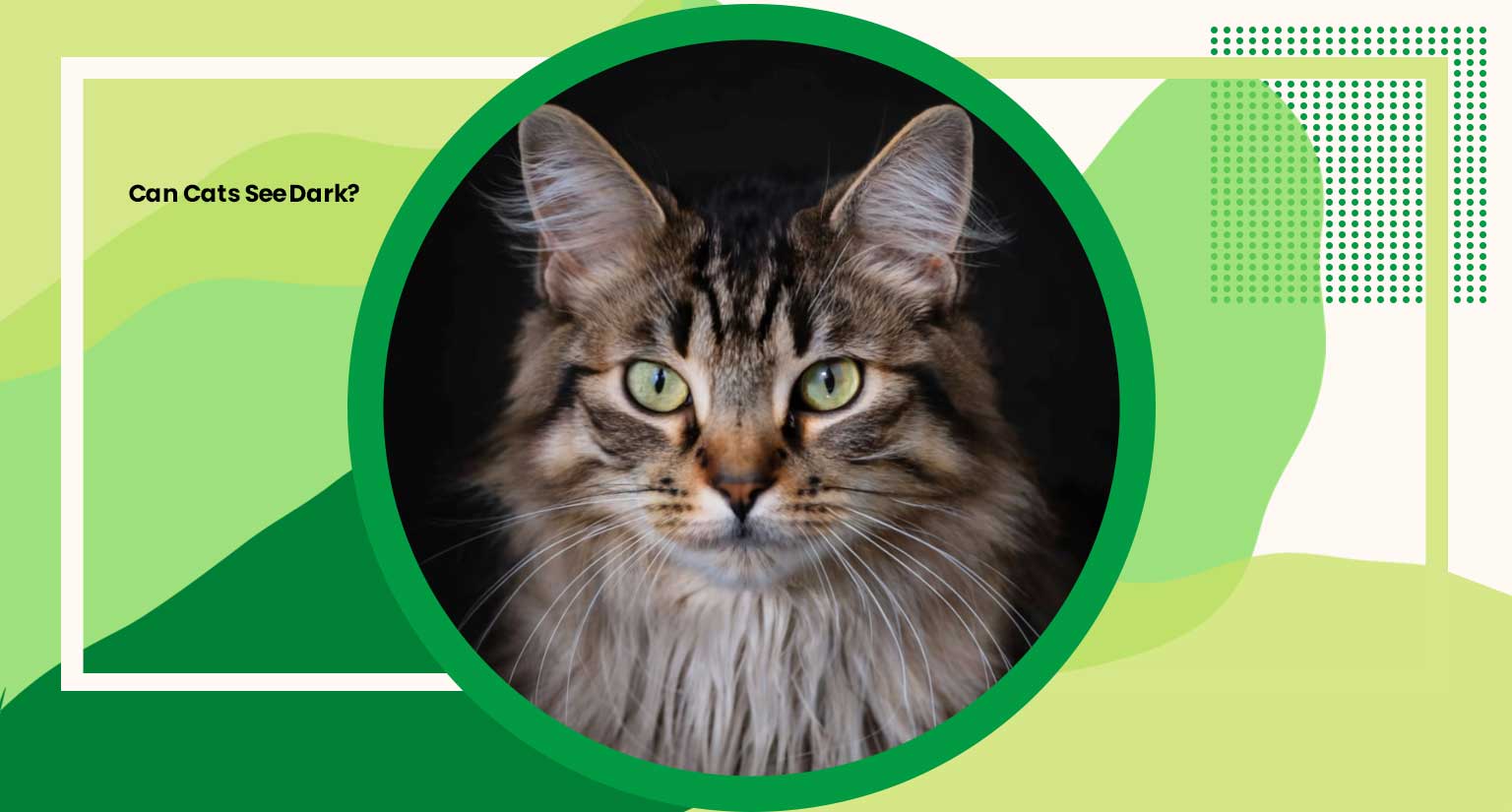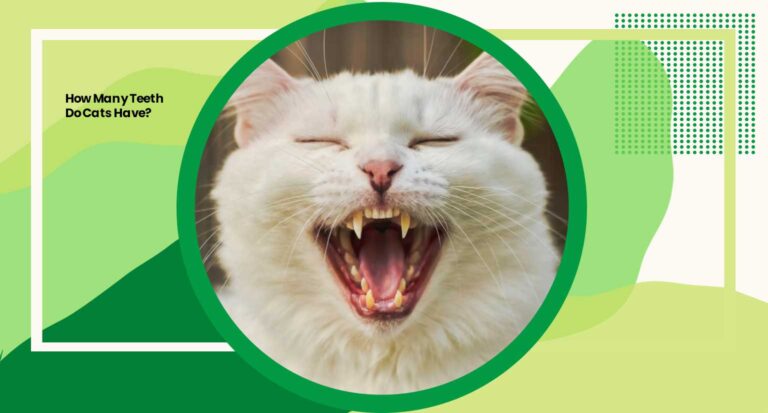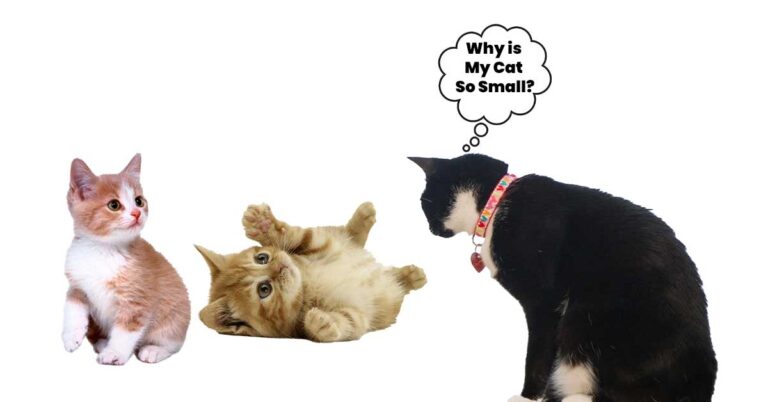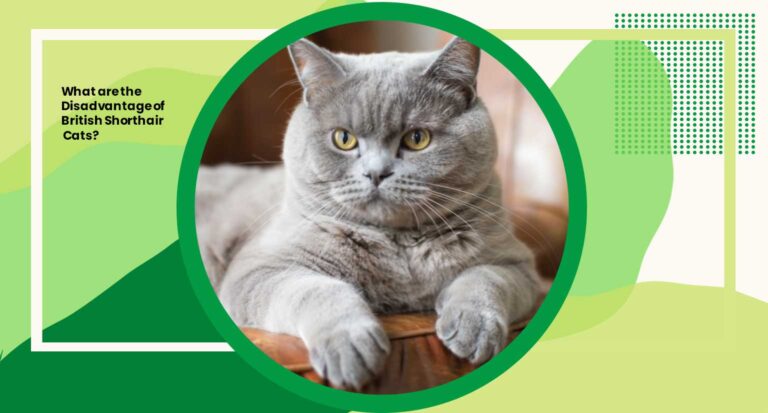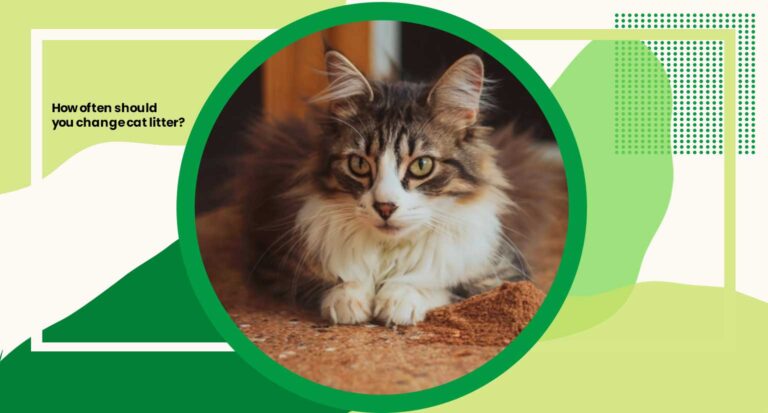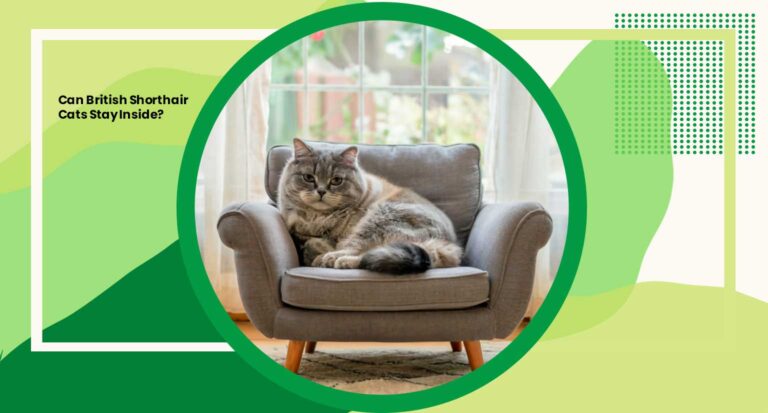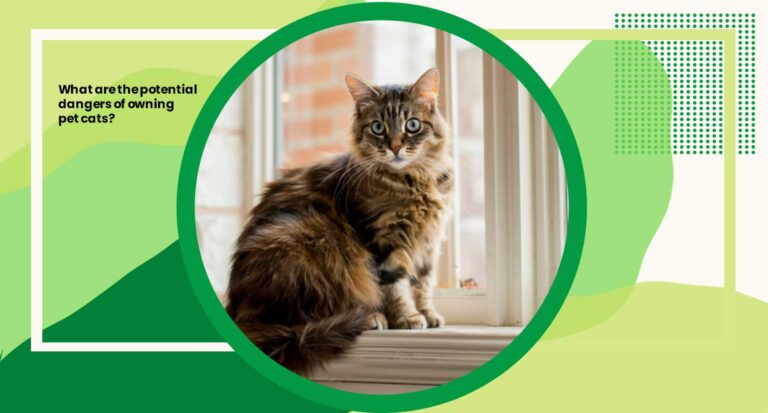Can Cats See Dark? 7 Fascinating Insights into Feline Vision
The intriguing world of feline vision as we unravel the enigma, Can cats see dark? Understanding the secrets behind our feline friends’ eyesight unveils a remarkable ability that has fascinated humans for centuries. The depths of cat vision and uncover the truth behind their nocturnal prowess.
To demystify this age old question and gain insights into the captivating realm of feline perception. Prepare to be captivated by the wonders of feline vision and the profound implications it holds for understanding of these beloved companions.
Do Cats Need Light At Night?
Cats possess remarkable adaptations that allow them to navigate in low light conditions with astonishing ease. While cats don’t necessarily require light at night, their exceptional night vision capabilities enable them to function effectively in darkness.
Unlike humans, cats have specialized structures in their eyes that enhance their ability to see in dim light, making them well equipped for nocturnal activities such as hunting and exploring.
However, providing a dim light source at night may offer comfort to some cats, especially those who are more prone to anxiety or have specific health issues. Understanding your cat’s individual preferences and behavior can help create a conducive environment for optimal feline well being.
Can Cats See In Total Darkness?
While cats possess remarkable night vision capabilities, their ability to see in total darkness is limited. Despite popular belief, cats cannot see in complete darkness. However, their eyesight is exceptionally adapted to low light conditions, allowing them to navigate and hunt effectively during the night.
Cats have specialized structures in their eyes called tapetum lucidum, which reflect light and enhance their vision in dimly lit environments. This unique feature enables cats to see better in low light than humans, but they still require some level of ambient light to see clearly.
So while cats may not see in total darkness, their remarkable night vision makes them well suited for exploring the shadows and prowling in the twilight hours.
Can Cats See Dark?
Yes, cats have the remarkable ability to see in low light conditions, but they cannot see in complete darkness. Their eyes are equipped with specialized structures that enhance their vision in dimly lit environments, making them highly adept at navigating during the night.
Cats possess a layer of cells called the tapetum lucidum located behind their retina, which reflects light and improves their ability to see in low light. This unique adaptation allows cats to detect movement and objects in the dark more effectively than humans.
While cats may not see as clearly in total darkness, their exceptional night vision makes them skilled hunters and explorers in the shadows.
Evolution of Cat Night Vision
The evolution of cat night vision is a testament to the remarkable adaptability of these feline predators. Over millions of years, cats have developed specialized features in their eyes that allow them to thrive in low light conditions, showcasing the genius of natural selection.
One key adaptation is the presence of the tapetum lucidum, a reflective layer behind the retina that amplifies incoming light. This evolutionary marvel enhances cats’ ability to detect even the faintest of movements in the dark, giving them a distinct advantage in hunting and survival.
Through the lens of evolution, gain insight into the intricate mechanisms that have shaped feline vision, illuminating the profound relationship between form and function in the animal kingdom.
7 Facts About Wonders Of Cats’ Eyes
Nocturnal Adaptation
Cats’ eyes are uniquely adapted for nocturnal hunting, featuring large pupils that dilate to let in more light, along with a reflective layer called the tapetum lucidum that enhances night vision.
Vertical Pupils
Unlike humans and many other animals, cats have vertical slit pupils, which can expand widely in low light and contract to tiny slits in bright light, helping regulate the amount of light entering the eye.
Binocular Vision
Cats possess excellent depth perception due to their forward facing eyes, allowing them to accurately judge distances, an advantage for stalking and pouncing on prey.
Color Perception
While cats are not colorblind, their color vision is not as rich as humans. They see best in low light and are more sensitive to motion and contrast rather than colors.
Blinking Behavior
Cats blink slowly to communicate relaxation and trust. Rapid blinking, often referred to as cat kisses, is a sign of affection between cats and their owners or between cats themselves.
Third Eyelid
Cats have a third eyelid called the nictitating membrane, which moves horizontally across the eye to protect it from debris and moisture, especially during grooming or hunting.
Pupil Response
Cats pupils can be a reflection of their emotions. Dilated pupils may indicate excitement or fear, while constricted pupils could signal aggression or discomfort.
These intriguing facts shed light on the marvels of feline eyes, highlighting the complex and adaptive nature of cats’ vision.
Are Cats OK In The Dark?
Cats are generally okay in low light or darkness due to their exceptional night vision capabilities. Their eyes are adapted to perceive and navigate in dimly lit environments, making them well suited for nocturnal activities such as hunting and exploration. However, while cats can see in low light conditions, they may not see as clearly in total darkness.
Providing a dim light source or allowing some ambient light can help cats feel more comfortable and secure, especially in unfamiliar surroundings. Additionally, ensuring a safe environment free from hazards can help prevent accidents or injuries, even in low light situations.
Conclusion
The question, Can cats see in the dark? unravels the fascinating mysteries surrounding feline vision. While cats possess remarkable adaptations that enable them to navigate in low light conditions, they cannot see in total darkness.
Their unique abilities, including the tapetum lucidum and vertical slit pupils, showcase the marvels of evolution and highlight the intricacies of the animal kingdom.
Understanding cats’ night vision not only deepens our appreciation for these enigmatic creatures but also enhances our bond with them as companions. The nuances of feline vision sheds light on their world and enriches our understanding of their behavior and needs.

